香檳香料粉 138586P4
NTD 1056 NTD 880
香檳香料粉 138586P4 有清淡如檸檬、青蘋果和微微葡萄的香氣;泡沫紅茶系列使用之飲料、各式冰品果汁飲料、濃縮糖漿、各類果蔬汁、非酒精飲料、茶類飲料、咖啡飲料、保健飲品、酒精性飲料、啤酒製造業、清涼飲料、運動飲料、碳酸飲料、食品調味料、乳製品、速食調理食品、蜜餞、醃漬食品、糖果餅乾、休閒食品、適用各類食品加工使用。(5022)
香檳香料粉 138586P4 產品規格
成分:香檳香料粉
包裝:25KG/件
外觀:白色粉末狀(粉狀、粉劑)
法規:香檳香料粉 138586P4 是符合台灣食品法規、美國香料協會及公認安全物質之香料
Champagne Flavor Powder 138586P4 is Natural-Identical Flavor Complies With FEMA-GRAS is also complies with Japan Food Sanitation Law Without any chemical in Japan no permission substance list
儲存:原始包裝未經開封在乾燥陰涼室溫下可儲存1年
Original Upopened Container, Under Cool And Dry Condition, At least 12 Months
香檳香料粉 138586P4 產品詳細說明
香檳香料粉 138586P4
香檳酒是產於法國香檳地區(不同於干邑地區的大小香檳區)按照嚴格的法律規定釀造的的一種葡萄氣泡酒。香檳酒需要在葡萄酒瓶中進行二次發酵,產生二氧化碳,從而產生氣泡。根據法律,只有在法國香檳區,選用指定的葡萄品種,根據指定的生產方法流程所釀造的氣泡酒,才可標註為香檳(Champagne)。在美國,由於歷史原因,部分當地產的氣泡酒仍在酒標上使用「香檳」一詞;中國大陸則對香檳實行保護。
儘管法律有所約束,香檳地區也極力推廣香檳一詞的正確使用,以及高品質非香檳類氣泡酒對於其自有名稱的宣傳,但部分消費者仍認為無論產自何地,香檳是白色氣泡酒的統稱。本文所描述的法例是對專屬產地產品保護的條例。在歐盟及許多國家,香檳一詞受到1891年簽訂的馬德里協定的保護,只有在法國原產地命名控制(AOC)的相應區域及符合相關標準的產品才可使用,於一戰後簽訂的凡爾賽條約也重申了此點。加拿大、澳大利亞和智利最近也分別與歐洲簽訂了相關條文,立意保護。
美國也部分認可香檳的原產地特性,禁止所有新酒使用這一名詞。但在2006年或以前獲得批准的酒標上可繼續使用「香檳」一詞,但前提必須標明在「香檳」前註明真實產地(如:加利福利亞香檳),並且不出口至承認歐盟產品原產地標識的國家[5]。大部分美國產氣泡酒並不使用香檳一詞。實際上重要的美國產區對於本產地的名聲非常看重,覺得在產地後使用「香檳」對他們聲望有負面的影響。
Champagne (disambiguation).A glass of champagne exhibiting the characteristic bubbles associated with the wine, Champagne is a sparkling wine produced from grapes grown in the Champagne region of France following rules that demand secondary fermentation of the wine in the bottle to create carbonation.[1] Some use the term champagne as a generic term for sparkling wine,but the majority of countries reserve the term exclusively for sparkling wines that come from Champagne and are produced under the rules of the appellation.The primary grapes used in the production of Champagne are black Pinot noir and Pinot Meunier, and white Chardonnay. Champagne appellation law only allows grapes grown according to appellation rules in specifically designated plots within the appellation to be used in the production of Champagne. Royalty became associated with Champagne in the 17th, 18th and 19th century. The leading manufacturers made efforts to associate their Champagnes with nobility and royalty through advertising and packaging, which led to popularity among the emerging well-off middle class
產品特徵:真實的香檳香氣,頭香飄逸,體香充分細膩,純淨,整體香氣協調

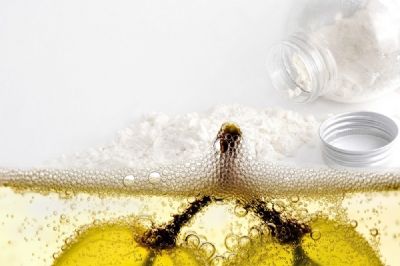
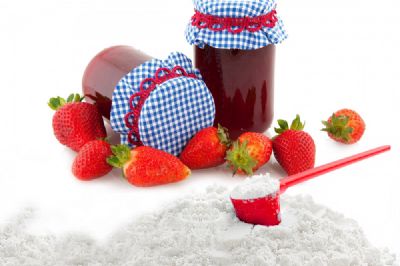
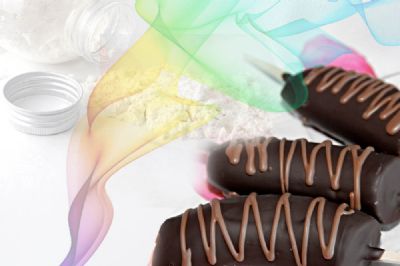
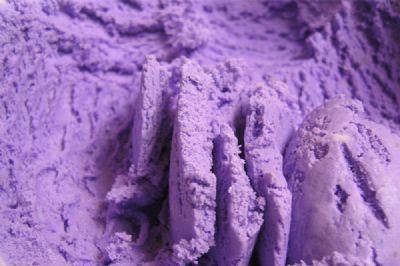
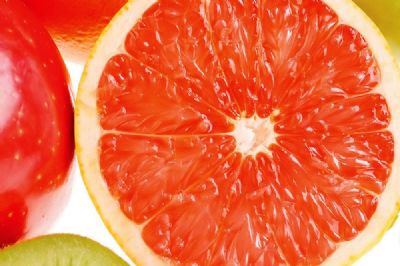
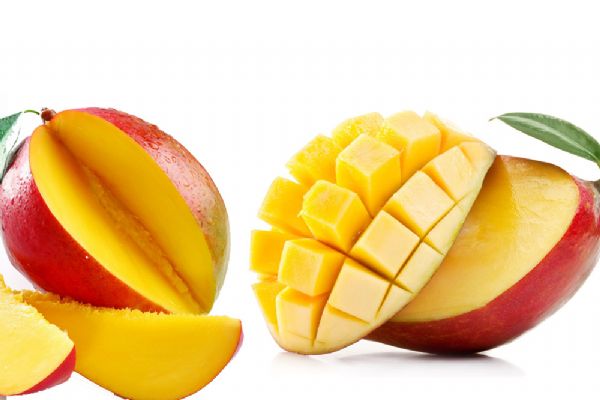
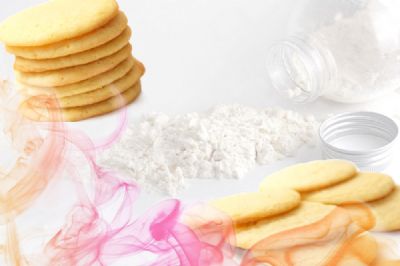














香檳香料粉 138586P4 回應
[香檳香料粉 138586P4] 尚未有任何回應